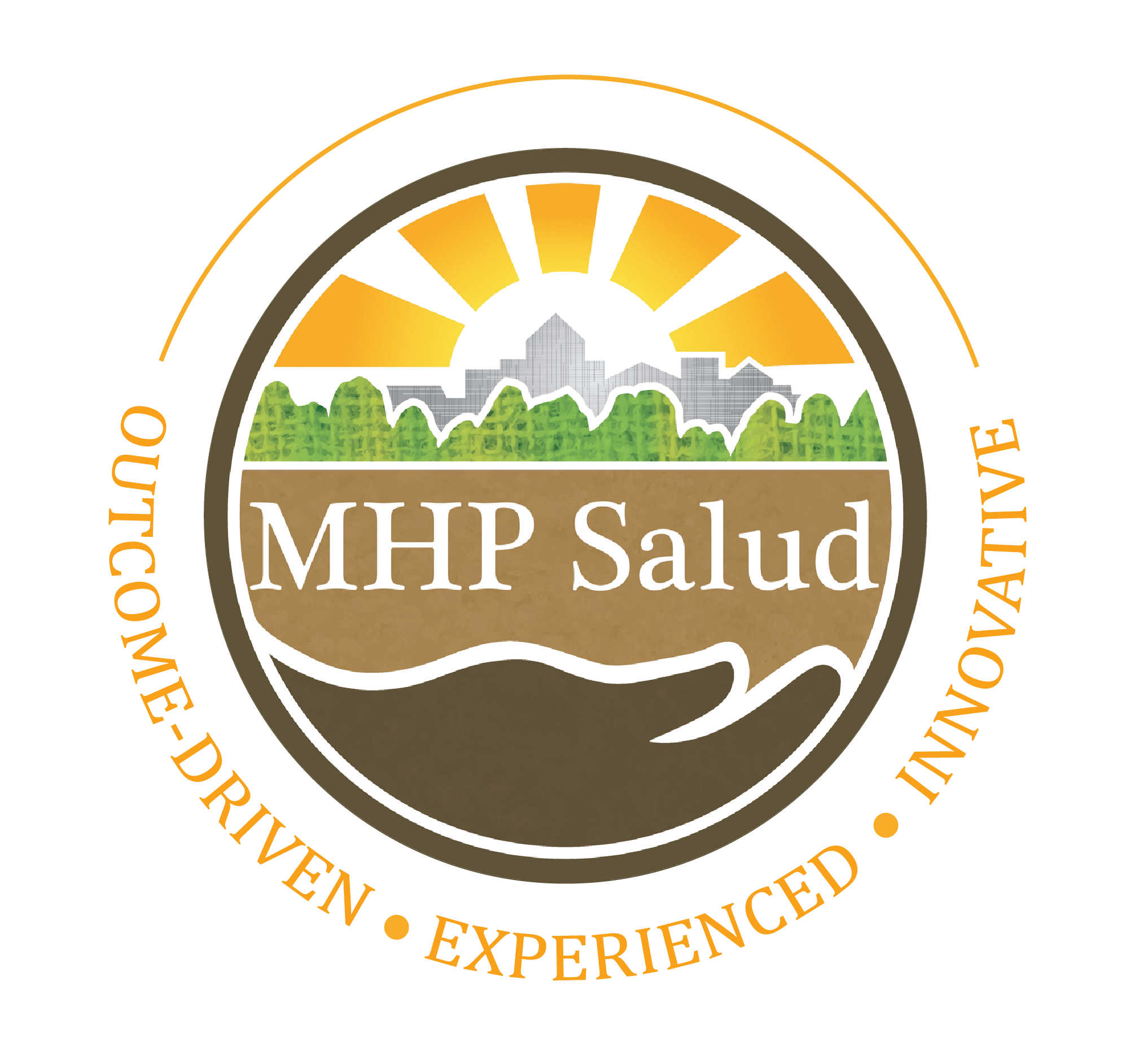The Opioid Crisis and the Role of Community Health Workers
Community Health Workers may be a critical lifeline for communities currently facing the worst opioid overdose epidemic in American history.
The Progression of the Opioid Crisis in the United States
Opioid addiction is an epidemic that has spread like wildfire across the United States, devastating entire communities and forever changing the lives of those affected. The impact has had profound consequences for the health and well-being of people who are touched by the opioid crisis, as affected individuals grapple daily with addiction and are impacted in every aspect of their lives. In recent years, opioid use disorder (i.e. opioid addiction) has increased at an alarming rate; the disease affects over two million Americans and resulted in 42,249 overdose deaths in 2016, which is more than quadruple the number of overdose deaths in 2001.1
Opioids are highly addictive pain-relieving drugs; they include prescription opioids like hydrocodone and morphine, as well as fentanyl and heroin. The development of the opioid crisis is often referred to as occurring in three waves. The first wave, or the initiating force, that is considered to have been the beginning of the current crisis, began in the 1990s when prescription opioids were increasingly prescribed to treat chronic pain. Many individuals were initially exposed to the addictive qualities of opioids through a medical prescription; for some, this evolved into opioid misuse or addiction. Up to approximately one in three patients prescribed opioids misuses them and 8-12% of these patients develop opioid use disorder.
Beginning in 1999, overdose deaths resulting from prescription opioid misuse began to steadily rise. For some who were initially exposed to prescription opioids, this addiction progressed to the use of even more powerful opioids like fentanyl, a synthetic opioid pain reliever, and heroin, an illegal opioid. The second wave of the opioid crisis started in 2010, as deaths caused by heroin overdose rapidly increased across the nation. This trend has continued to the present day.
In 2013, the third wave of the crisis began. Across the nation, overdose deaths that resulted from the use of fentanyl began to spike.3 Fentanyl is a powerful opioid, 100 times more powerful than morphine and 50 times more powerful than heroin. As such, a small amount of fentanyl can be incredibly dangerous when misused. Currently, on average, 115 Americans die from an opioid overdose every day.2,4
Communities Affected by the Opioid Crisis
Across the country, diverse communities have felt the devastating effects of the opioid epidemic. Some are more likely to be affected than others; individuals with mental health conditions are among those most likely to be impacted by the opioid crisis. Among the 38.6 million Americans with mental health disorders, 18.7% use prescription opioids.5In total, Americans who have mental health disorders receive over half of all opioids prescribed in the United States.6 Mental illness and poor mental health are highly correlated with chronic pain and vice versa. Experts point to this relationship as a reason why this population uses prescription opioids so readily.7 Unfortunately, high levels of opioid use have placed these populations at greater risk for developing opioid use disorder.
Further, while the opioid crisis has had an extensive impact nationally, parts of New England and remote Appalachia have been the hardest hit by the epidemic. Low-income and rural areas are among the most likely to experience the effects of the opioid crisis.8 Some communities are put at greater risk because of a lack of resources or health services to address their addiction. Rural areas often lack accessible health services, especially those that are considered ‘specialized’ services, as is addiction treatment. Communities with a high uninsured population are also at greater risk as individuals without health insurance are much less likely to receive treatment than those who have health insurance.9

The Response of the Healthcare Industry to the Opioid Crisis
The ongoing opioid crisis has had a profound impact on American healthcare. Collectively, the opioid epidemic has cost the healthcare sector roughly $216 billion since 2011.10 Health centers across the country have borne much of the responsibility in providing treatment and care to individuals struggling with opioid use disorder. Health centers are often located in underserved rural and urban areas, which have been most affected by this epidemic. They are a primary source of health care for low-income Americans, who are some of the most affected by the opioid crisis; in fact, Medicaid, the health insurance provider for low-income individuals, is the single largest source of coverage for people with opioid use disorder.11 In addition to providing addiction treatment, many people living with opioid use disorder also have physical and mental health conditions, as well as high levels of healthcare utilization.12 As the crisis has intensified, many health centers are addressing the problem by increasing staff and addiction services.
The share of health centers providing medication-assisted treatment (MAT), which combines behavioral therapy and medications to treat substance misuse has increased to nearly half of all health centers.14,15 MAT is considered the gold standard when treating opioid use disorder. However, health centers that provide MAT report not having the capacity to meet demand. This problem is reflective of system-wide addiction treatment shortages.16
In 2017, the American College of Physicians announced an official recommendation to treat opioid use disorder like any other chronic illness, with a focus on long-term management of the disease.17 Given the often complex medical and behavioral health needs of individuals with opioid use disorder, focusing on coordinating care and ongoing contact are important actions in addressing these long-term challenges.18,19

How Community Health Workers Can Help
Community Health Workers (CHWs) are increasingly recognized as an integral component of multidisciplinary health care teams. A Community Health Worker is a trusted member of the community who empowers their peers through education and connections to health and social resources. CHWs coordinate with other healthcare providers to provide one-on-one care to individuals outside of a clinical setting. Although opioid use disorder is a medical condition, not all the contributing factors are medical. Poverty, unemployment, low educational status, and isolation may play an additional role in developing opioid addiction.20
Community Health Workers can support long-term recovery by addressing these social determinants to increase access to care and improve the quality of care. They provide nonjudgmental emotional support and mentoring to individuals affected by addiction. And because recovery is a team effort, involving the social network of the affected individuals is critical. Community Health Workers can talk to family members and loved ones about opioid use disorder, providing education about the disease and how to effectively navigate treatment. They can also disseminate information within the community, attending local events, meeting with local businesses and using informal networks to educate and spread information. Stigma is often cited as a reason that individuals don’t seek treatment; CHWs address stigma by actively discussing these topics in an informal and nonjudgmental manner within the community, thus normalizing the topic.
Community Health Workers can be successfully integrated into a variety of healthcare settings. In clinical settings, CHWs can receive referrals from providers to assist patients that would benefit from additional support and education. Oftentimes individuals struggling with addiction will turn to the emergency department in hospitals to receive treatments. Community Health Workers can serve in transferring individuals from these hospital settings and instead assist them with seeking sustainable treatment and ongoing risk reduction. For example, one program by Indiana University has found success by utilizing Community Health Workers to conduct outreach and support to opioid-dependent mothers and their newborns. The program, in part, aims to reduce the infant mortality rate in Indiana, which is the eighth highest in the country. In 2014, over 600 infants were born with neonatal abstinence syndrome (NAS) in Indiana. NAS develops when a mother struggles with opioid dependence during pregnancy.21
Organizations have seen success by deploying Peer Recovery Support Specialists, who are individuals that have been successful in the recovery process and help others who are experiencing similar situations. They help others stay engaged through the recovery process and extend the reach of treatment beyond the clinic. One healthcare organization analyzed the use of peer support services to address co-occurring substance use/mental health disorders for their patient population. They found that those that received peer support cost the health plan significantly less after six months compared to those that received standard case management; they also had less emergency room visits and inpatient hospitalizations.22 Although not all Community Health Workers will qualify as Peer Recovery Support Specialists, by definition they should be of the community they are serving and may share some qualities and responsibilities with Peer Recovery Support Specialists.
One unique strength of Community Health Workers is that they make a great addition to community-based organizations that are combatting addiction in their communities; they can lead supportive and educational group sessions for interested individuals and those referred by community partners.
Community Health Workers are also a strong addition to patient care teams and can positively influence outcomes for individuals with opioid use disorder. Incorporating Community Health Workers as peer support can also be economically beneficial. A study conducted by the Washington State Institute for Public Policy found a ROI of $1.25 for every $1 spent on peer-delivered substance use programs.23

Our Services
Effective Community Health Worker programs require appropriate training for CHWs, high-quality program design and on-the-ground knowledge of the population served. For organizations that are interested in using CHWs to support programs related to substance misuse education and addiction treatment, MHP Salud can provide support with training for CHWs and their supervisors, as well as consulting support with program design and implementation.
Our organization has 35 years of experience creating, deploying and evaluating Community Health Worker programs. These services are offered in both English and Spanish, in-person or virtually. Our experts can help health centers or other organizations to create new Community Health Worker programs or improve upon their current healthcare team with the addition of a Community Health Worker-led component. MHP Salud also offers training services following the L.E.A.D. (Listen, Empower, Advance, Discover) curriculum that provide organizations with the tools they need to strengthen their health care teams. To learn more, read about How MHP Salud Can Help You, email us at info@mhpsalud.org, or fill out the contact form at the bottom of this page.
MHP Salud also provides free resources to address mental health, including an implementation guide and a program manual, available to download in both English and Spanish.
Our organization is addressing the opioid crisis by providing consulting support and training services to health centers across the country. Contact us today at info@mhpsalud.org to learn more.

About MHP Salud
MHP Salud has over thirty-five years of experience implementing CHW programs and training organizations looking to start and/or strengthen their own CHW programs. For more information about MHP Salud, our services, and how we can help you, please email us at info@mhpsalud.org
References
1 https://www.cdc.gov/mmwr/volumes/67/wr/mm6712a1.htm?s_cid=mm6712a1_w#T1_down
2 https://www.drugabuse.gov/drugs-abuse/opioids/opioid-overdose-crisis
3 https://www.cdc.gov/drugoverdose/epidemic/index.html
4 https://www.cdc.gov/drugoverdose/epidemic/index.html
5 http://www.jabfm.org/content/30/4/407.full
6 http://www.jabfm.org/content/30/4/407.full
7 http://www.jabfm.org/content/30/4/407.full
8 https://aspe.hhs.gov/system/files/pdf/259261/ASPEEconomicOpportunityOpioidCrisis.pdf
9 Julia Zur and Jennifer Tolbert, “The Opioid Epidemic and Medicaid’s Role in Facilitating Access to Treatment,” Kaiser Family Foundation, accessed June 2018, https://www.kff.org/medicaid/issue-bief/the-opioid-epidemic-and-medicaids-role-in-facilitating-access-to-treatment/.
10 https://www.healthcarefinancenews.com/news/opioid-epidemic-has-cost-1-trillion-2001-says-altarum
11 https://www.kff.org/medicaid/issue-brief/the-opioid-epidemic-and-medicaids-role-in-facilitating-access-to-treatment/
12 https://www.kff.org/medicaid/issue-brief/the-opioid-epidemic-and-medicaids-role-in-facilitating-access-to-treatment/
13 Health Resources and Services Administration, “2010 Health center data: National data,” accessed June 2018, https://bphc.hrsa.gov/uds/view.aspx?q=tall&year=2010&state; Health Resources and Services Administration, “2016 health center data: National data,” accessed June 2018, https://bphc.hrsa.gov/uds/view.aspx?q=tall&year=2016&state=.
14 https://www.samhsa.gov/medication-assisted-treatment
15 https://www.kff.org/medicaid/issue-brief/the-role-of-community-health-centers-in-addressing-the-opioid-epidemic/
16 Substance Abuse and Mental Health Services Administration, Report to Congress on the Nation’s Substance Abuse and Mental Health Workforce Issues (Rockville, MD: US Department of Health and Human Services, January 2013), https://store.samhsa.gov/shin/content/PEP13-RTC-BHWORK/PEP13-RTC-BHWORK.pdf.
17 https://www.ajmc.com/focus-of-the-week/treat-addiction-like-a-chronic-disease-acp-recommends
18 https://www.umassmed.edu/globalassets/center-for-integrated-primary-care/generic-blocks/resources/faculty-research/runyan2017familiessystemshealth.pdf
19 http://www.annfammed.org/content/16/1/83.full
20 https://www.mayoclinic.org/diseases-conditions/prescription-drug-abuse/in-depth/how-opioid-addiction-occurs/art-20360372
21 https://medicine.iu.edu/expertise/indiana-health/care-plus/
22 https://magellanhealthinsights.com/2018/06/14/the-lived-experience-factor-in-fighting-the-opioid-epidemic/
23 http://www.wsipp.wa.gov/BenefitCost/Program/336



